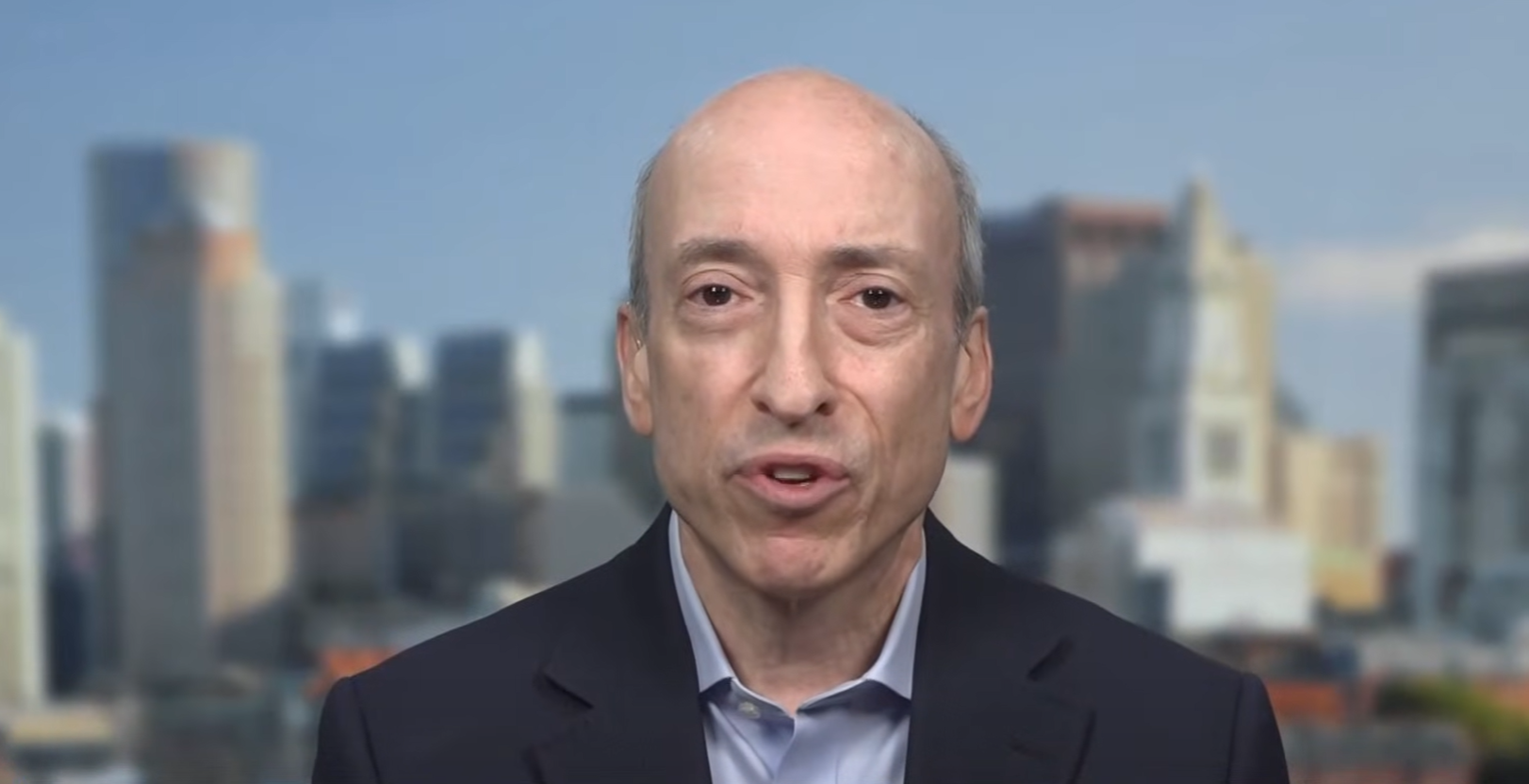Covid-19 is something of the past, yet certain consequences, among them working from home, have remained the desirable outcome for most office workers. Many workers invested in laptops and other equipment such as scanners and printers.
Many workers also opted to invest in uninterrupted power supply equipment to keep their wi-fi on. Some went further and bought inverters and a battery or two to keep them operational during load shedding. However, once load shedding moved to stage 4 and above, the measures proved insufficient. As productivity has declined, It is little wonder that companies have started to call workers back to the office.
The average homeowner cannot afford a full-blown solar system, which coss about R100 000. Then there are many workers who live in rented flats or houses. For them, an off-grid solution is not a possibility.
Covid-19 was followed by the Russia/Ukrainian invasion which sent energy and food prices through the roof.
Everyone is under immense financial pressure and it is time to look at avenues to bring relief. The obvious answer lies in using less energy and ensuring that some meals are a more affordable option without compromising on nutrition. Regarding energy consumption, one should be aware which appliances use a lot of energy. Geysers are one of them. Small 10 litre gas heating systems are relatively affordable and, over three years, the investment will break even, with the cost saving achieved.
One aspect of going back to work that might affect certain consumers are those who travel longer distances to work. If a worker drives a car that uses 12 or more litres of petrol per 100km it might be worth selling and switching to a car that uses 5 litres/100km. There are many entry-level cars that offer this efficiency.
It will help to make the decision if a basic calculation is made. Say the distance to work is 50km, then the total kilometres travelled in a month will be: 50 x 2 x 20 = 2000km/month. With the difference between a car using 13 litres per 100km and one that uses 5 litres, the saving is 8 litres. The total saving a month is therefore 8 x R22 x 20 = R3 520. A new entry-level car comes with a two-year service plan that adds to the savings. The total payment on such a new car will closely match the savings and might even leave some money in one’s pocket if a trade-in on the previous car is considered.
If going back to your workplace is inevitable, it is well worth making your individual calculation as each person’s travelling distance and the condition of older cars will play a role in the decision.
In conclusion, things might not be as bad as we think.
BUSINESS REPORT
















